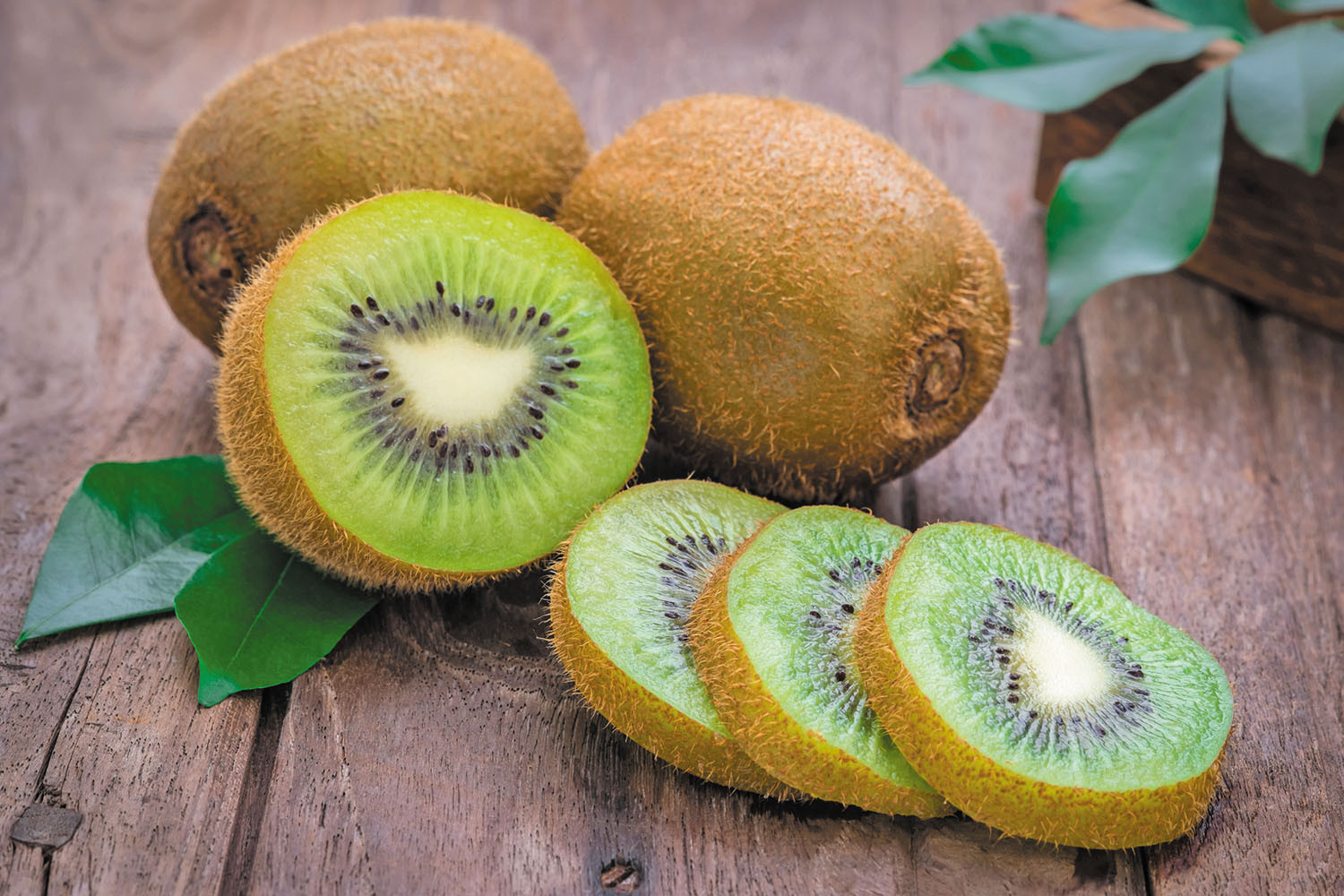Introduction
Kiwi fruit is commonly known for its bright green color and refreshing flavor. Besides being delicious, this fruit contains a number of essential nutrients, including high levels of vitamin K, a vitamin that is important for a number of bodily functions, and kiwi can be a tasty way to work this vitamin into the diet.
What is Vitamin K?
Vitamin K (VK) is a fat-soluble vitamin that is required for a variety of physiological functions. Its most distinguishable function is to stop bleeding after cuts and injuries. Orthomolecular Vitamin K also supports bone health, by helping to control calcium, a key mineral for bone strength.
Sources of Vitamin K
There are two primary forms of vitamin K — K1 and K2. There is basic difference between K1 (or phylloquinone, which is mostly in leafy green) and K2 (or menaquinone, which is spread through the fermented foods and animal products. Kiwi fruits are high in vitamin K1, it a great choice for anyone looking to get vitamin K from a plant base source.
Nutritional Profile of Kiwi
“Kiwi fruit is a nutrition-packed fruit. In addition to vitamin K, it boasts vitamin C, fiber and antioxidants. Just one kiwi fruit will give you a large percent of one’s daily intake of vitamin K. This blend of nutrients is great for immune health, digestion and well-being.
Benefits of Vitamin K
- Clotting: Vitamin K is necessary for making the proteins that cause your blood to clot. These proteins are responsible for preventing excessive bleeding and promoting the process of healing a wound. Here we provide evidence on the significance of providing enough vitamin K, as a lack of vitamin K can cause blood clotting disorders.
- Health of Bones: This vitamin is also very good for your bones. It is used in the regulation of calcium in skeletal and tooth development. Sufficient intake of vitamin K has been been linked to a decreased risk of fractures and of developing osteoporosis.
- Heart Health: Early evidence indicates that vitamin K might help protect the heart by preventing artery calcification. It is able to do so by directing calcium towards the bones instead of to the arteries.
Incorporating Kiwi into the Diet
One of the easiest ways to include kiwi fruit in your diet is by eating it alongside meals to ensure proper vitamin K intake. Here are a few ideas:
- Breakfast Boost: Add sliced kiwi to cereal or yogurt for a cool way to start your day.
- Smoothie Add-On: Add to a blender with spinach, banana and almond milk for a power-packed smoothie.
- Add to Salad: Throw kiwi slices into salads for a sweet, and tart flavour.
- Topping for Dessert: Use kiwi as the topping for desserts such as pavlova or fruit tarts.
Exploring Other Sources
Kiwi is a powerhouse of vitamin K, but it’s good to have all foods for a balanced diet. Vitamin K1 is found in leafy greens such as kale, spinach and broccoli. Some fermented foods, like natto and some cheeses, are sources of vitamin K2.
Potential Interactions
Blood thinners can make keeping track of vitamin K a little tricky. As vitamin K is involved in blood coagulation, it has potential interactions with these drugs. It’s essential to consult with health care providers for balanced intake.
Choosing and Storing Kiwi
Choose ripe kiwis for best flavour and the most nutrients. A ripe kiwi should give ever so slightly to pressure, but not feel too soft. Store them at room temperature until they ripen, then refrigerate to keep them fresh longer. The most refreshing and nutritious if eaten ripe kiwis.
Conclusion
Kiwi fruit is a tasty, nutritious source of Vitamin K. Its benefits go beyond preventing blood clots, helping the heart and bones. Strengthen your overall health Show Aussie and other vitamin K foods some love to promote your health. Kiwi is an exotic and delicious way to get this important vitamin (with or without a meal)!

